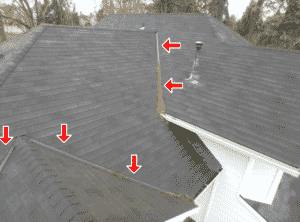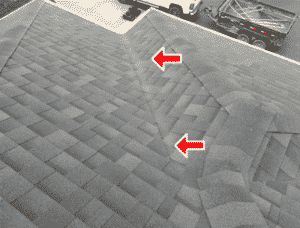
A roof surface consists of multiple different parts such as hips, ridges, and valleys. All of which play a vital role in the functionality of the roof system as a whole. Though each part of the roof is important in proper moisture run off management, the valleys of the roof are likely to experience higher volumes of moisture than others by design. A valley is formed where two roof slopes meet, creating a channel for moisture to flow down to the gutter system below.

Sealing of the valleys is one of the most integral parts in ensuring maximum protection in these areas against potential water leaks. This is ensured by applying a continuous self-sealing bituminous membrane along the entire length of the valley before the installation of underlayment or shingles. The roof cladding is then installed and the materials for the corresponding valley type follow. Though a self-sealing bituminous membrane should be the base sealing standard for all types of roof valleys, some valleys, such as open valleys, require additional sealing at the shingle edges to prevent moisture from entering beneath the shingles, which is called “crosswashing”. This installation technique can also be beneficial in wind uplift resistance as well. Because sealing is not always visible, it is important to ensure all work done to your roof is high quality and professionally done to ensure a long-lasting healthy home. You can find out more about roof valley sealing in the video link below.
